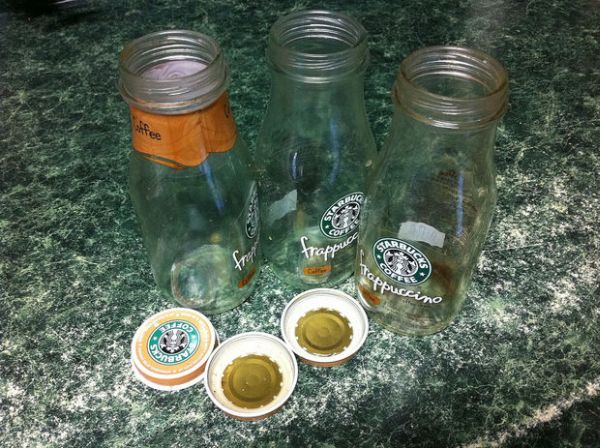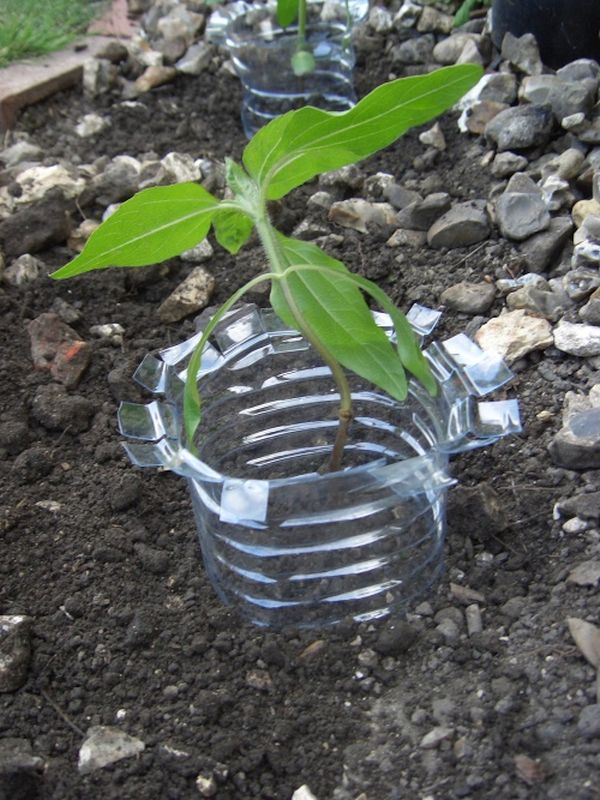If you are a beginner, you may be a tad bit astounded as to how expensive gardening can become. From the pots and seeds to the pipes, containers and fertilizers and garden essentials, the costs related to gardening can be substantial. However, there are plenty of ways to set up your garden without spending too much in the process. The secret to this is repurposing or upcycling old household items as gardening supplies. Here are some takes on how you can use repurposed household items for your garden.
Plant Pots from Repurposed Containers

Let’s start with the most basic item needed for a garden, plant pots. There are plenty of ways you can save money on plant pots by repurposing old containers in your home. Excellent examples include plastic bottles, tin cans, baskets, old boots, colanders, drawers, ice cream tubs, fruit boxes, canvas bags and even old tires.
Seed Pots from Repurposed Cardboard Tubes

You can use a single strip of hollow cardboard tube to create starters for your seeds. Simply cut out the cardboard tube into individual sections, fill them up with soil and line them inside a tray. Plant the seeds in them and transport the cardboard tubes with the seedlings to the garden after 3 to 4 weeks. Other items you can upcycle for the same purpose include paper towels, toilet paper rolls and even plastic egg cartons.
Watering Cans & Inground Watering Systems from Repurposed Plastic Bottles/Cans

A great way to make your own watering can is by repurposing an old plastic water/milk can. Simply punch some holes at the bottom of the can using a skewer. The can is now a watering can ready to be used in your garden.
You can also create an inground watering system using a plastic bottle. Punch a few holes at the bottom of the bottle and bury the same into the ground near the plant. Ensure that the lid is visible above the ground. All you need to do now is fill the bottle with water and let the same seep slowly to the roots of the plant.
Compost Pails from Repurposed Cat Litter Buckets

Have a few cat litter buckets lying unused around the house? Then consider using the bucket as a compost pit to throw all the compostable items into. The lock on the bucket can prevent the odor from escaping, thus making it easier for you to keep the bucket even indoors. Once the bucket is full, simply empty its contents into the compost pile outdoors.
Organic Pest Management Organizers from Repurposed Spice Containers

The different kinds of insecticides used in a garden can confuse you. The best way to label them appropriately is to put them in old spice containers. This way, you can easily identify the insecticide you wish to use for a specific plant. The use of spice containers for the job also makes it easier for you to dispense the insecticide exactly where it is needed.
Garden Ponds from Repurposed Buckets, Sinks and Bathtubs

This is a really nifty way to create a makeshift pond in your garden. Simply sink an old bucket, sink or bathtub into the soil and cover it with water. Throw in some pond weed, water plants and mud while you are at it. This creates a rich ecosystem which can attract toads and frogs which, in turn, can keep slugs and flies away from your garden.
Mini Cloche from Repurposed Plastic Bottles

Another clever way to create your own mini cloche to protect seedlings from snails, slugs and harsh winds is to repurpose old plastic bottles as covers. Cut out the bottom of the bottle and sink it into the ground around the plant. Keep the top open to let air and water inside. Once the plants grow to touch the sides of the bottle, remove it.
You can build your own garden from scratch using repurposed household items. These nifty ideas can start you off on the road to building an eco-friendly garden which not only costs less to maintain, but does not harm the environment in any way.


